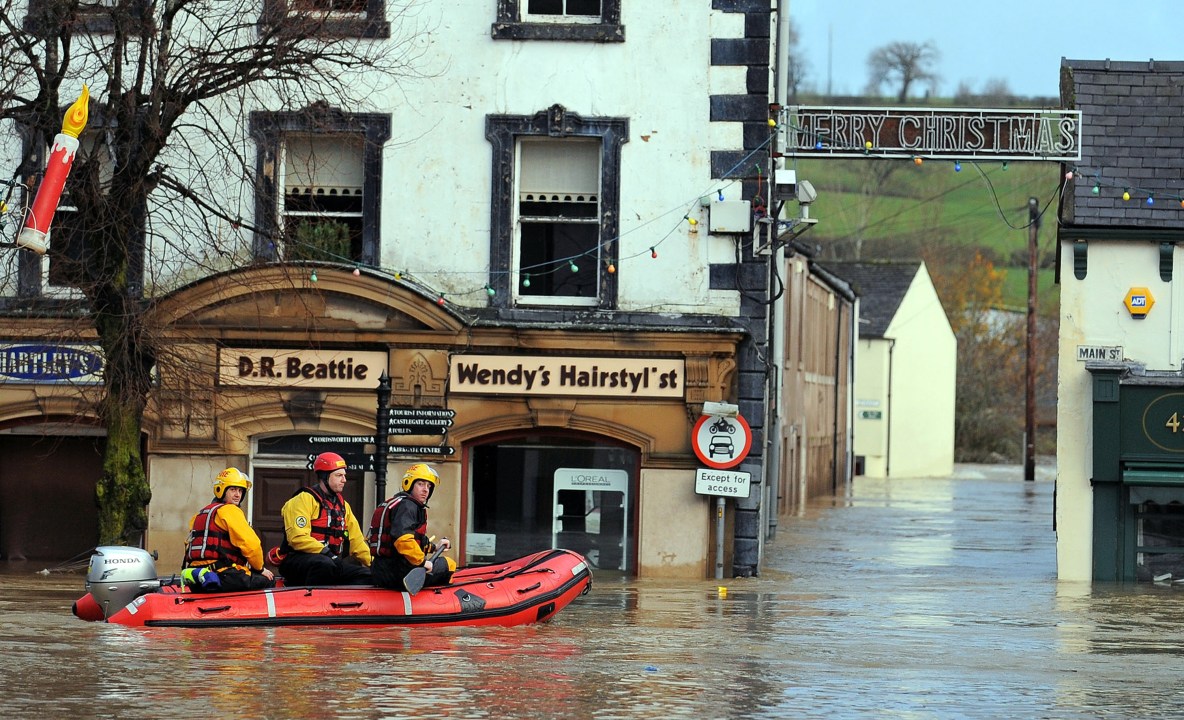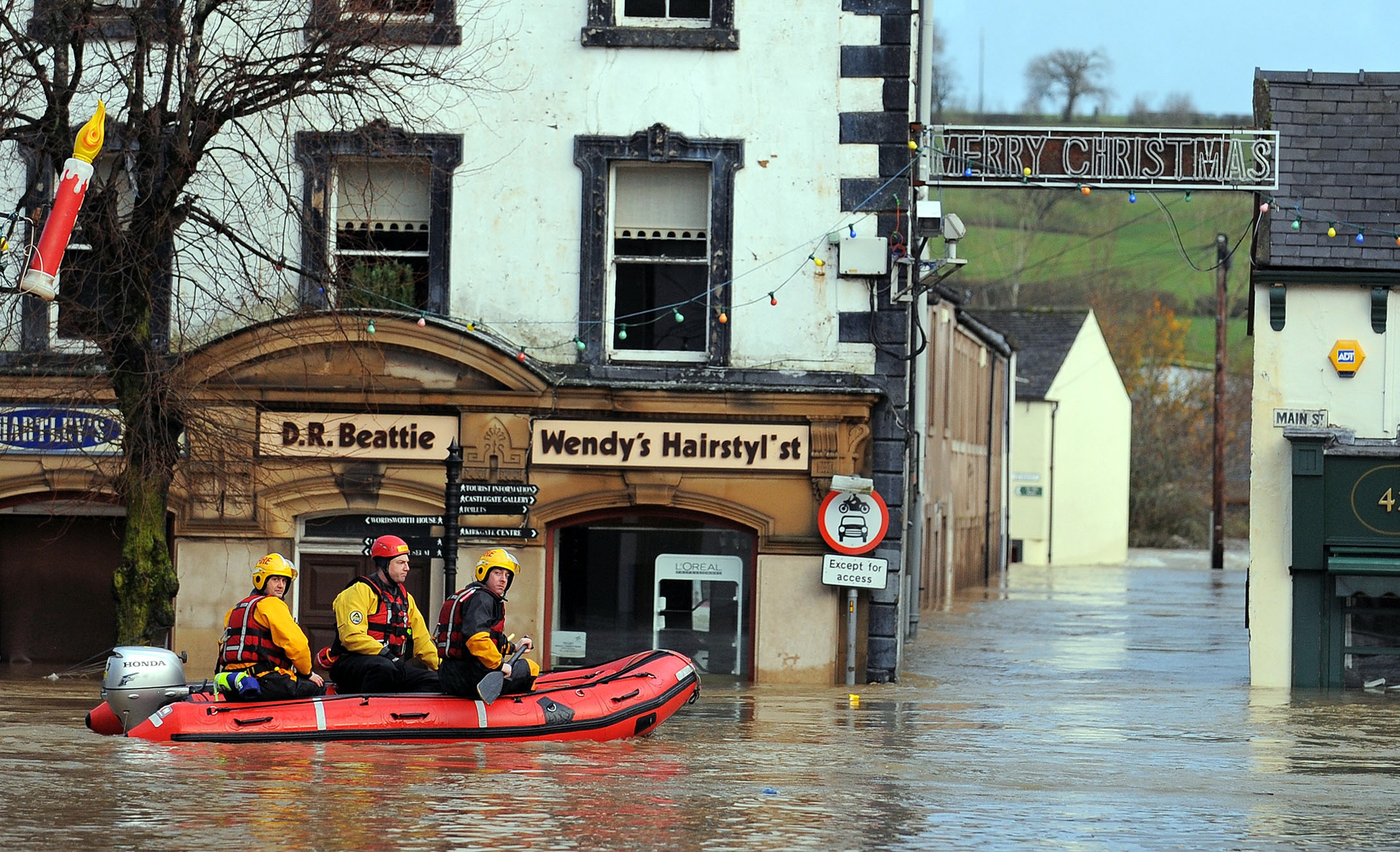The flooding in Cumbria came at a bad time for those who make their living hyping global warming. Pretty much everyone who might have wanted to listen to their message was focused on the global climate talks in Paris and far too busy to worry about what was happening in Carlisle and Keswick.
But that hasn’t stopped a few people from trying to take advantage. The Met Office’s chief scientist Julia Slingo was unable to resist the temptation to issue a statement linking the floods to climate change. This was handy for Liz Truss, the minister in the firing line for the failure of the flood defences, who repeated the claims yesterday.
Slingo might have been expected to exercise a bit of caution here. When the Met Office published its inquiry into the 2013/14 floods, she was much criticised for saying that ‘all the evidence’ pointed to a link to climate, when the underlying report said there was ‘no definitive answer’ on this question.
Still bearing the scars from her battering in the press last time round, she has phrased her claim with a little more care this week, saying that ‘all the evidence from fundamental physics’ says that there’s a link. But since fundamental physics is silent on the subject of storms in Cumbria, it is clear that what she actually means by ‘all the evidence’ is merely that there’s a theoretical link.
Even then, she is on shaky ground. To their credit, the Met Office forecasters were actually ahead of the game on the storms this time, noting that the pattern of ocean temperatures in the Atlantic – driven by the El Niño weather phenomenon – meant that the jet stream was likely to shift so as to bring stormy weather our way. This is most likely the real reason for the storms, and it’s nothing to do with global warming.
Of course, if Slingo’s theories are correct, then we would expect to see more rainfall and floods and fewer droughts right across the globe. Unfortunately evidence in her support is very thin on the ground. The official position comes from the Intergovernmental Panel on Climate Change, which in its most recent pronouncements on the subject clearly found it almost impossible to say anything definitive. Indeed on the eve of the Cumbria storm a new scientific paper on global and regional rainfall trends found almost no clear changes anywhere.
Once you start to look at empirical reality the story gets even messier. While the storm that hit Cumbria was undoubtedly a heavy one, the claim that it set a new daily rainfall record is in desperate need of some context. The new record was said to have been set in a rain gauge at Honister Pass, just a mile away from Seathwaite, the farm that previously held the record and which has traditionally had the reputation for being the wettest place in the country too. However, Honister Pass is 700 feet higher up the mountain, so we would expect it to be wetter even than Seathwaite. Morever Honister has only been in operation since 1970, and then only intermittently. In other words, the ‘new record’ is most likely down to someone installing a new rain gauge in a really wet place.
The floods in Cumbria have been awful for those affected. Those who have chosen to prioritise spending in other areas – not the least of which has been the largesse doled out to renewable energy companies and global warming researchers – should not be allowed to shift the blame to the bogeyman of climate change.







Comments